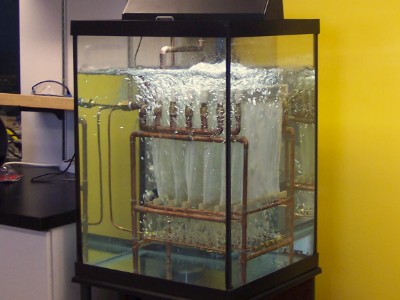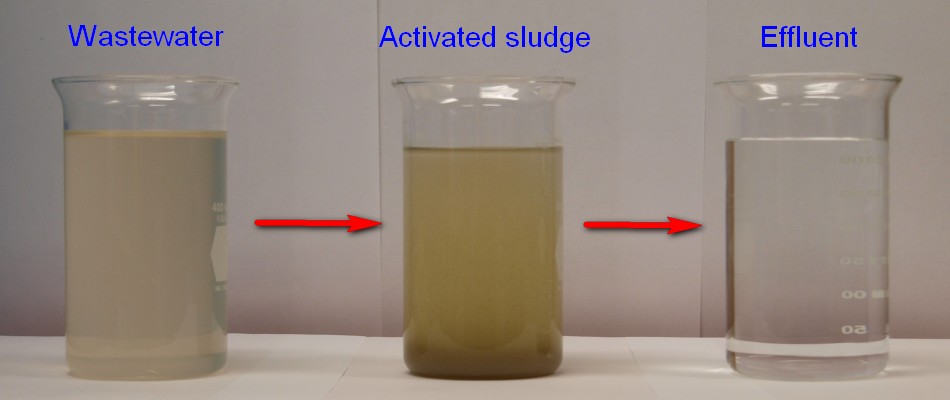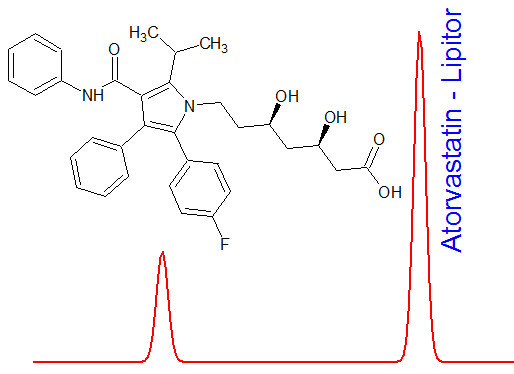 |
Treatment
of Harmful Chemicals in Wastewater
Without proper treatment, discharges of
wastewater containing toxic chemicals pose great risks to the
environment and human health. We are looking for treatment solutions of
environmental contaminants. One of our primary techniques is membrane
bioreactor (MBR). In this technique, a porous membrane is used
to separate the influent
and the effluent. Water molecules can permeate through the membrane,
while suspended particles, microorganism and macro-organic molecules
are retained in the
bioreactor. Various aerobic and anaerobic bacteria thrive in the
bioreactor and effectively break down all kinds of organic
substances. In this
research program, we investigate the biodegradation of toxic xenobiotic
organic compounds (XOCs) using the MBR technique. Online sensors for
water quality monitoring are also under development. |

|
 |
Phamaceuticals Around Us
Pharmaceuticals
are designed to have physiological effects in target organisms, but
they may have adverse effects on other non-target humans and organisms.
Pharmaceuticals are released into the environment through human
excretion, agricultural run-off, and wastewater from sewage treatment
plants (STPs) and pharmaceutical manufacturers. Studies have shown that
between 30 to 90% of the dose of a pharmaceutical is excreted through
urine or feces as the active substance. We study the presence, fates
and impacts of top-prescribed drugs in municipal STP effluents and
receiving waters. Further, we are measuring bacterial resistance of
antibiotics and finding ways to mitigate the issue. |
|
|
|
|